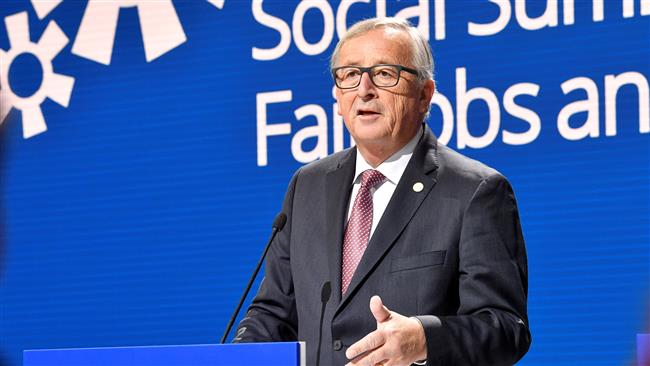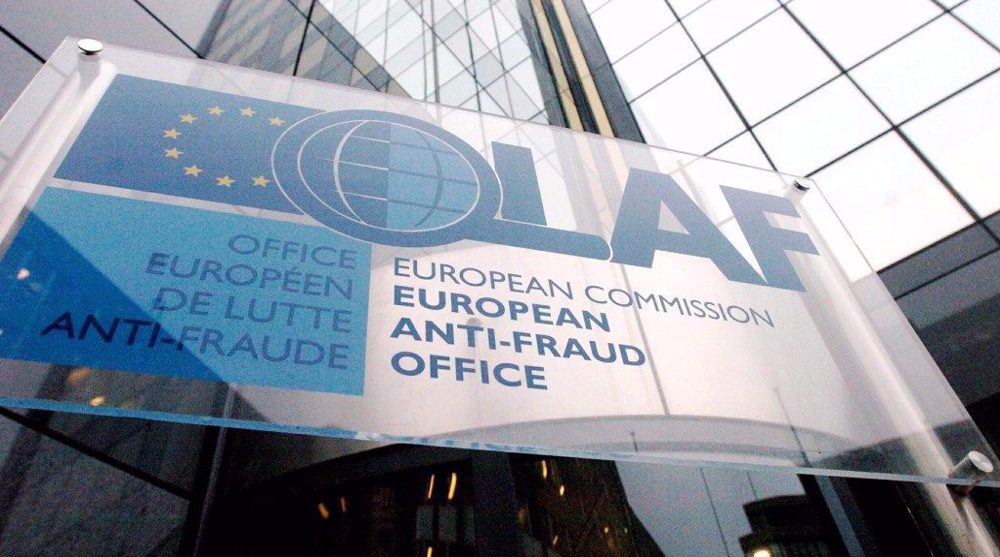EU proposes two-year plan to close gender pay gap
The European Commission proposed a two-year plan on Monday for closing the gender pay gap after finding little improvement in the past five years.
The plan sets out eight recommendations for EU countries to ensure women are treated equally in the workplace. The proposal includes setting minimum sanctions for companies that do not provide equal pay and monitoring the diversity policies of Europe's largest companies.
The Commission intends the measures to be in place by the end of 2019, when the current Commission's term ends.
"We do not see big progress over the last 10 years," Vera Jourova, the Commission's gender equality chief, told a news conference. "We are not reducing significantly this gap in spite of many efforts."
The Commission reported women in the EU earn 16.3 percent less per hour on average than their male counterparts, and this figure had not decreased in the past five years.
At the same time, a Eurobarometer poll shows that 90 percent of Europeans think it is unacceptable that women are paid less than men for the same work.
The Commission is also holding an annual roundtable discussion with EU decision-makers today and tomorrow where they will discuss women's rights.
"Things are moving backwards in many parts of the world," European Commission Vice President Frans Timmermans said in his opening remarks to a conference dedicated to women's rights.
"Too many people believe we have an equal society, we've already reached the goal. This is simply not true."
The proposals will need to be supported by the European Parliament and EU countries.
In 2012, the Commission proposed legislation requiring that at least 40 percent of non-executive positions in listed companies be held by women in seven years. The proposal was not passed because it lacked a majority among EU countries. Britain and Germany opposed the quotas.
Commission President Jean-Claude Juncker in 2014 set a target of 40 percent female representation in senior and middle management positions in the Commission by 2019. The Commission reported in March that the figure had risen to almost 35 percent from 29 percent in 2013.
(Source: Reuters)
Make ‘right decision’ or face more US pressure, Rubio tells Venezuela’s Rodriguez
VIDEO | General Soleimani honored in Kashmir, Kargil
US, Israel waging ‘soft warfare’ to destabilize Iran after June defeat: Top general
VIDEO | Hundreds brave wind and cold to show solidarity with Gaza in Berlin
Israel kills more Palestinian civilians in Gaza amid ceasefire violations
VIDEO | Paris protest condemns US aggression against Venezuela
Pope Leo says Venezuela must remain an independent country
VIDEO | Germans condemn US aggression against Venezuela















 This makes it easy to access the Press TV website
This makes it easy to access the Press TV website